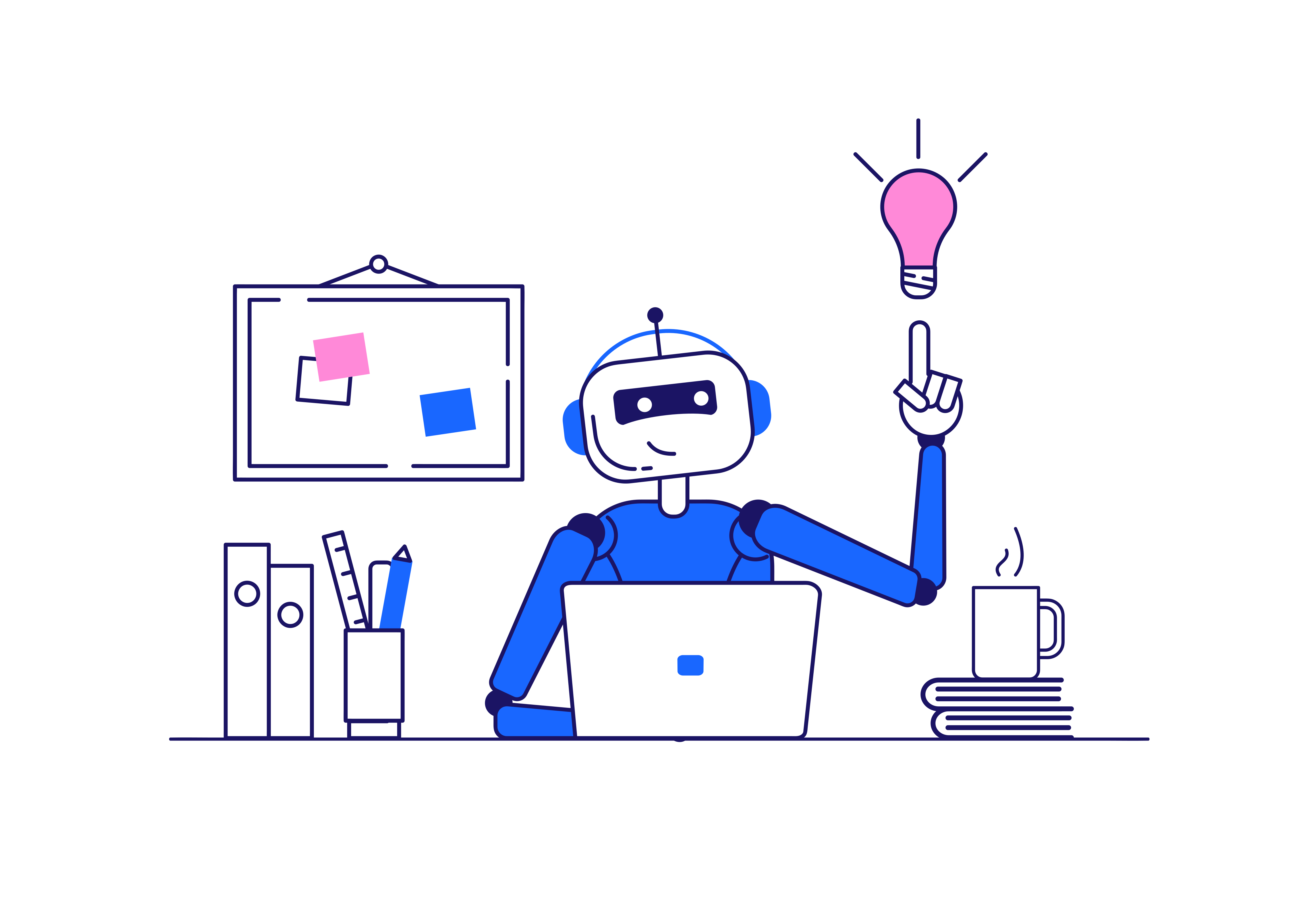Build Your Own Application (BYOA) has undeniably transformed the workplace with productivity and collaboration apps like Evernote, Google Drive and Box moving in. And as the Bring Your Own Device (BYOD) revolution has taught us, the increasing consumerization of IT is here to stay.
According to a LogMeIn survey, some 70% of organizations already have some presence of BYOA. That number is expected to grow given a new generation of increasingly mobile workers who rather use their favorite apps at work than wait for IT to develop a customized solution.
It's creating new challenges for IT departments tasked with protecting their organization's networks from data loss and hackers. But trying to stop BYOA from infiltrating an organization is futile.
That's why now more than ever, organizations need IT professionals to provide essential guidance and leadership on creating BYOA policies.
BYOA harmony at large organizations is possible, and has real benefits for employees when managed properly, including:
1. A dramatic boost in productivity and efficiency
Organizations with an open, yet controlled BYOA policy allow employees to use the tools they're already accustomed to, leading to higher performance and work quality. With a wide-variety of integration services, different apps can "talk" to one another making it easier to keep track of events, tasks and documents from one tool the next. Since the majority of apps are available on mobile devices, connecting to work becomes seamless.
New employees also have an easier time with the onboarding process when they can use apps they are already familiar with, and even share useful ones with other employees.
IT can support these efforts by setting up their own in-house app directories. According to research firm Gartner, by 2017 about 25 percent of businesses will have their own app store for managing company-approved tools. This makes it easy for employees to find apps that make them productive while also ensuring apps with a higher security risk are weeded out.
2. Faster, more creative problem solving
Employees with a specific business problem no longer have to wait for an IT-supported and approved application to be built for them. BYOA empowers employees to think on their toes and solve their own problems. It also creates an environment of trust when an organization gives employees a certain amount of freedom to experiment with new ways of doing their jobs better. And who doesn't like having a self-reliant, assertive workforce?
IT professionals can work with employees to see what they're using and give candid recommendations from a security standpoint. Being aware of what apps employees are regularly using can also be a source of inspiration for IT to create similar tools in-house.
3. Greater opportunities for work-life balance
Employees in different time zones and geographic regions are more likely to bring their own applications for translation, travel and authentication support. But even local workers can use mobile apps to facilitate in creating work-life balance for employees.
With work able to travel anywhere there's an Internet connection, employees can show managers they can still be fully functional, even if they're not in the office. But it's a double-edged sword as greater mobile functionality can also means employees are expected to always be available.
Final Thoughts
IT leaders can empower employees to solve their own problems and use the tools that make them productive while still maintaining organizational security and compliance.
It comes down to creating a space for continual communication and employee feedback to asses needs in the rapidly changing BYOA climate. Transforming the IT department into a easily accessible resource center will be essential if companies want to remove unnecessary security risks while meeting employees' needs.
About the Author
Nicole is Director of Marketing at Kintone, with 10+ years experience in content strategy, campaign management, lead acquisition and building positive work cultures of empowered, purpose-driven team members. She spent seven years as a journalist, previously serving as a CBS San Francisco digital producer, NPR contributor, Patagon Journal deputy editor and reporter for several publications, including the Chicago Tribune. She's passionate about the tech for good space, social entrepreneurship and women leadership. On the weekends, you’ll likely find her putting her Master Gardener skills to use in at community gardens in Oakland.










